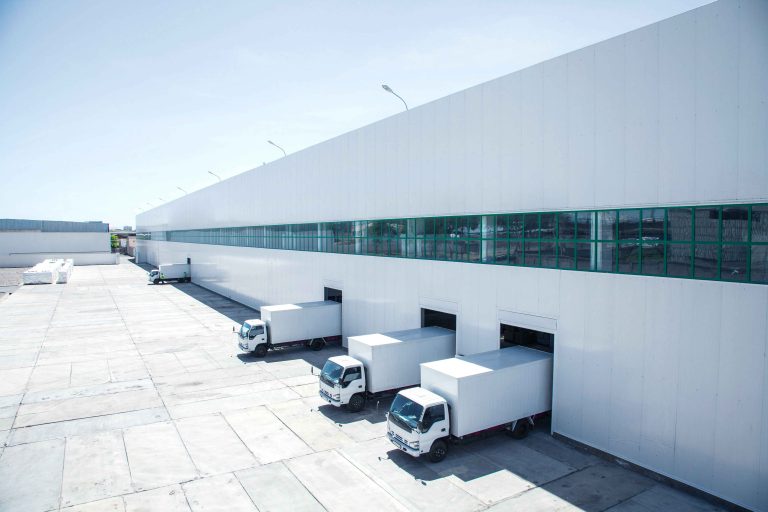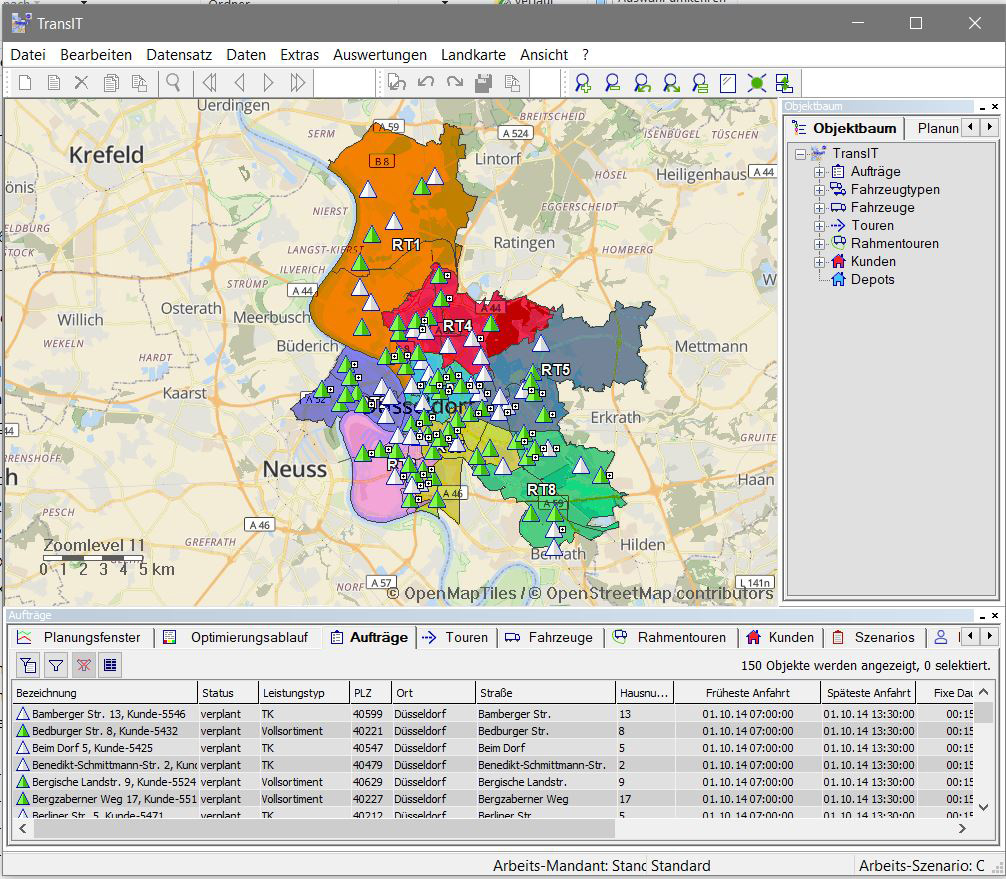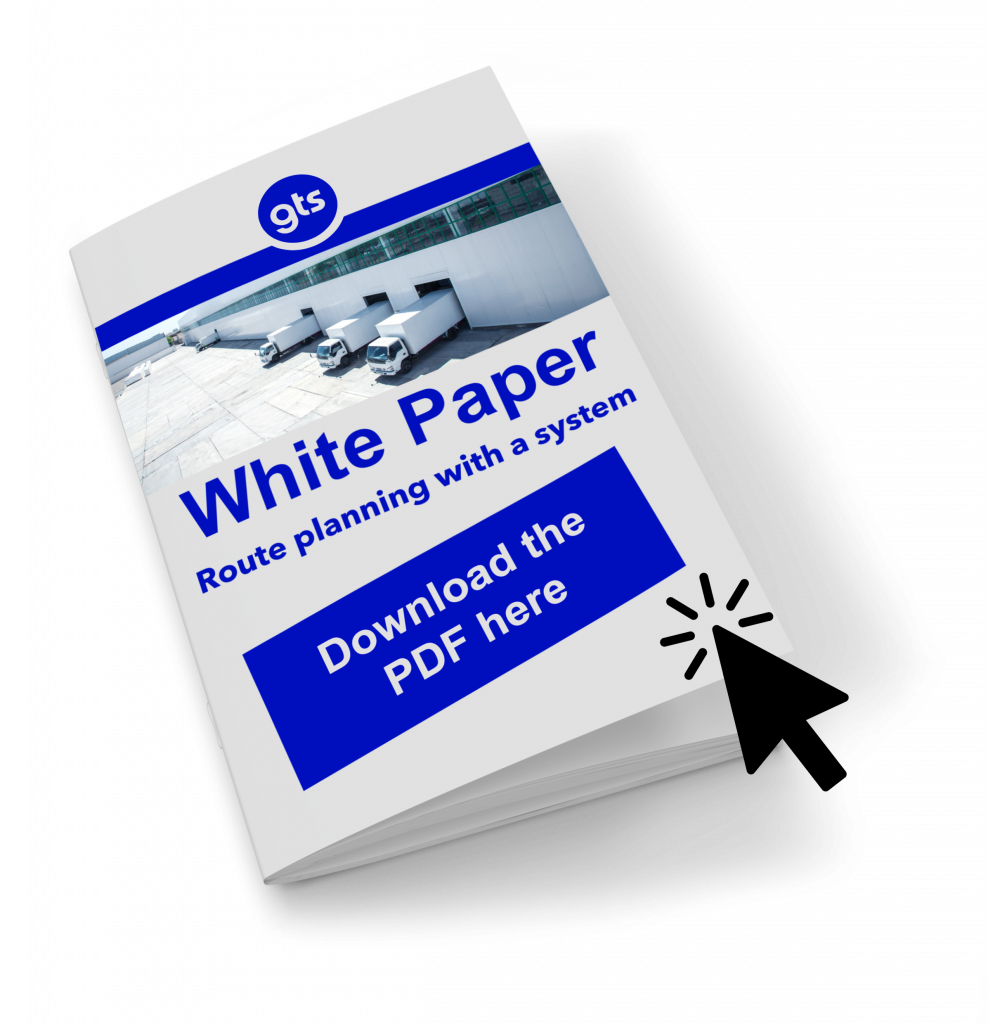
Transport management systems are an indispensable part of modern logistics. They manage and distribute orders to vehicles and calculate costs. But when it comes to efficient planning of complex routes, they falter. But how can routes with dozens of stops be efficiently put together for all the vehicles of a logistics company? Answer: By adding specialised route planning software.
Transport management systems are not all-purpose solutions
Route planning with TMS means route optimisation ? a misconception that many companies believe. Consequently, they use their transport management system to create the supposedly best route. Not knowing what optimisation potential they are missing for the rest of their processes. A mistake that costs money and time. Transport management systems are indispensable for the effective and flexible administration and distribution of orders to the individual vehicles. However, they rarely go beyond dispatching and other organisational functions. So there is a need to catch up in the area of route planning.
Dispatchers are not route planners
The extent to which route planning software outperforms the functions of TMS (such as vehicle location or route monitoring) can already be seen with its main users: route planning software is used less by dispatchers than by the actual route planners. The software for route planning must therefore do more than simply optimize the sequence of stops. With an increasing number of locations to be approached, delivery time windows and spatial restrictions, route planning software can generate great added value for companies and customers.

Tours in regional traffic optimally planned
Especially in regional transport, there is great potential for optimisation in the forwarding companies: many stops with small quantities, a small kilometre radius and changes at short notice make collection and delivery confusing and complex. After all, it rarely involves just one vehicle, but rather dozens within a logistics company. In forwarding companies, regional transport accounts for about 30 percent of total transport costs. Users can therefore save costs with route planning systems thanks to the flexible calculations. Intelligent algorithms in the software automatically incorporate factors such as location specifications, vehicle capacities and order time windows into the optimisation process. In addition to scheduling vehicles for specific orders, an intelligent and optimised sequence is also planned.
With the more precise route, more stops can be approached per tour - and thus save fuel. An economic and sustainable advantage. The tour optimization also makes travel times more calculable. In addition, short-term planning changes or spontaneously changed customer requirements can be implemented automatically. Tour planning software therefore not only saves time on the routes themselves, but also in previous planning processes.

Interaction between route planning software and transport management system
Even though the advantages of special software in the area of route planning outweigh those of a transport management system, they are not to be seen in competition with each other. On the contrary: the two software solutions complement each other. The TMS handles administrative tasks, distributes orders to available vehicles. The dispatcher keeps an overview of the order situation. The route planning software then optimises the routes of the vehicles and ensures that everything can be delivered on time and efficiently.
Route planning software and TMS cannot replace each other. Linking the two solutions provides the ideal workflow for logistics. The only thing that often keeps hauliers from achieving optimised results is a lack of awareness of the potential of this combination. A high return on investment can quickly be achieved with the cost savings in fuel and time. Thus, route planning software, such as TransIT from gts, delivers added value to the entire supply chain, from planning to control. And creates cost-effective, time-efficient and intelligent tours.




